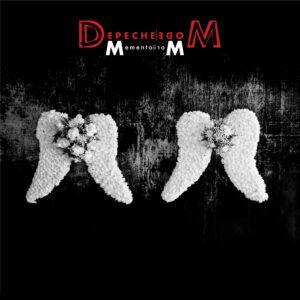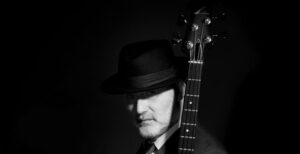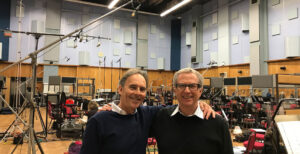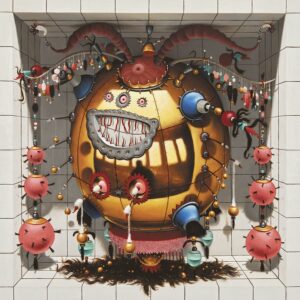
By the time of publication, Neil Young had just unveiled a new musical ecosystem, called Pono, at South by Southwest. Regardless of one’s stance on Pono’s execution, as audiophiles I hope we will applaud Mr. Young’s dedication to “rescue the art form that I’ve been practising for the past 50 years.” (Wired, 2012)
Artists want their music to be heard as they intended so it makes sense for this directive to be guided by one of the most genuinely respected and enduring musicians to emerge out of the 1960s and the man behind the best-selling album of 1972, to which CAS pays tribute this month. And as an album, with its lack of studio effects and compression, Harvest gets its message across with a purity of sound and spirit that can only be accomplished through quick and spontaneous recording, and Young not only wants us to hear this but to feel it.
Most of Harvest was recorded at Quadrafonic Studios, a converted Nashville house where Young swiftly gathered Linda Ronstadt and James Taylor (who were also in the city to perform on The Johnny Cash Show) along with some of Tennessee’s finest session musicians later dubbed The Stray Gators to lay down songs such as ‘Heart of Gold’ and ‘Old Man’. In the humble surroundings of the Barking Town Hall he recorded ‘A Man Needs a Maid’ and ‘There’s a World’ with the London Symphony Orchestra. And in keeping with his aversion to imposing formal recording studios, he finished the album in the studio on his Broken Arrow ranch. The atmosphere may have lent the album its pastoral quality but the softer tone was partially due to Young’s slipped discs, as he had to record in a back brace, physically unable to play an electric guitar.
In a recent interview with NPR’s Fresh Air, Graham Nash revealed a funny story of listening to the album before its release on this ranch. Producer Elliot Mazer and Young were still trying to get the balance of the recording correct and Nash thought they would head into the studio for a listen. Instead Young told him to get into the rowboat and once they were in the middle of the lake, Nash thought they would listen on headphones amidst the peaceful surroundings. But that is not what Young had in mind as Nash recalled, “He had his entire house as the left speaker and his entire barn as the right speaker and I heard Harvest coming out of these two incredibly large loud speakers, louder than hell. It was unbelievable. Elliot Mazer, came down to the shore of the lake and he shouted out to Neil, ‘How was that, Neil?’ and I swear to God, Neil Young shouted back, ‘More barn!’”
Another note that says leagues about Young’s renegade spirit is that he originally wanted the album sleeve to biodegrade after the shrink-wrap was taken off. Oh, to have been a fly on the wall when he presented this to the execs who overruled him quoting the inordinate expense of the concept and apprehensions about product loss due to potential shipping accidents! But I expect they just thought Young was out of his mind.
Neil Young’s championing of creative muse over commercial success is what has made him so appealing to a younger generation and his uncompromising DIY attitude inspired Sonic Youth to cast him as the chief elder of the Grunge generation. He puts words into action, using an electric car, fighting against oilsands expansion and directing his Pono initiative. I humbly hope he would appreciate Classic Album Sundays’ celebration of his classic album at our worldwide sessions where we will present an uninterrupted vinyl playback to the uninitiated audiophile in the desire that one day these fans will also challenge the force-feeding of substandard audio formats.
Recorded: Jan-Sept 1971
Released: Feb 14, 1972
Label: Reprise
Produced by: Neil Young, Eliot Mazer, Henry Lewy, Jack Nitzsche
By Alan Sircom
More articles from this authorRead Next From Music
See all
Depeche Mode: Memento Mori
- Apr 22, 2024

Music Interview: Jah Wobble
- Mar 27, 2024

Music Interview: Don Reedman
- Mar 27, 2024

Album Review: Orbital – Optical Delusion
- Mar 20, 2024










